As you may know, some new dishwashing liquid detergents formulations have been spread and experts think that those were a real game changer. This is a true fact that using these formulations can be a revolutionary thing that every manufacturer can do. Since multipurpose cleaner can also be used as a dishwashing chemical, the formulations of liquid dishwash and multipurpose cleaner are quite similar to one another. Formulation of Liquid Dish Wash requires the following ingredients: Linear Alkyl Benzene Sulphonic Acid (LABSA), Sodium Hydroxide (Caustic Soda), Cocoamido Propyl Betaine (CAPB), Coconut diethanol amide (CDEA), Sodium Lauryl Ether Sulphate (SLES), Sodium Lauryl Sulphate (SLS), Propylene Glycol, Glycerine, Color, Fragrance, and Water. LAS, SLES, cocamidopropyl betaine, and maybe some cocamide DEA can be combined to create the ideal hand dishwashing liquid composition. Continue reading to discover how to create various dishwashing detergents. Some of the fundamental needs for manual dishwashing detergent are foam, viscosity, and grease-cutting capability. 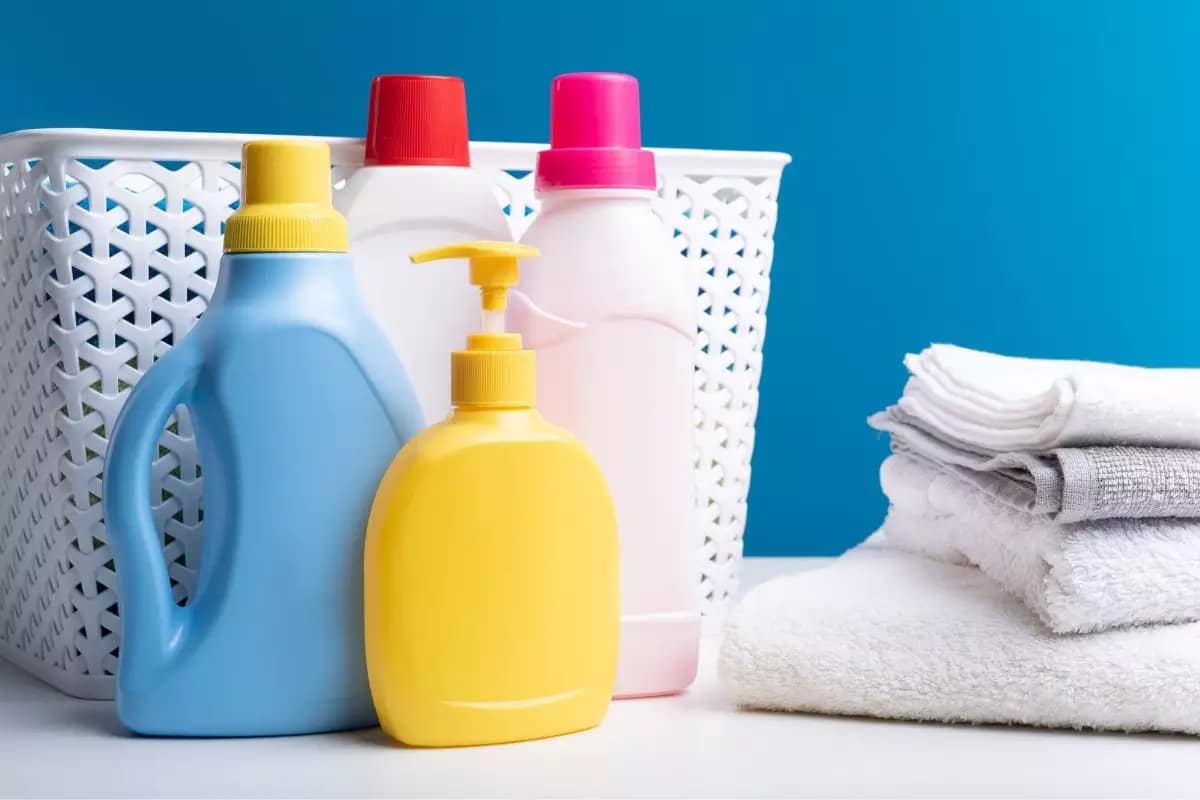 If you extend the basic recipe a little bit, it could need high foam stability and a certain pH range. Still not content? Consider improving performance in cold and hard water. Still want more? Include rapid drying and rinsing. Add mildness and moisturizing properties for those who are even more discriminating. Another option is to provide advantages such being organically sourced, DfE-approved, and easily biodegradable. Not to mention, some formulators include antibacterial and aromatherapy benefits. Starting with the fundamentals—foam, viscosity, and grease cutting—develop let’s a very cost-effective recipe with a raw material cost of 5–10 cents per 16 oz. Therefore, the total cost of a 16 oz. container of dishwashing detergent that is ready to be mailed to a client may be between 20 and 35 cents if you can purchase a bottle, cap, label, and labor for approximately 15 to 25 cents. Simple is the formula. It contains 95 percent water, 0.63% sodium hydroxide (50 percent solution), 2.4% DDBSA (Pilot’s Calsoft LAS-99), 1.2% cocamide DEA (Pilot’s Calamide C), 0.77% sodium chloride, and any necessary preservatives and colour. The process of mixing is simple. The components should be added in the order specified and continuously mixed until a clear, homogeneous mixture free of lumps and particles is achieved. Use sodium hydroxide or DDBSA to get the pH to 8–9. Start using inexpensive components to create an economical mix. Cocamide DEA and DDBSA are two of the least expensive anionic surfactants in their respective classes.
If you extend the basic recipe a little bit, it could need high foam stability and a certain pH range. Still not content? Consider improving performance in cold and hard water. Still want more? Include rapid drying and rinsing. Add mildness and moisturizing properties for those who are even more discriminating. Another option is to provide advantages such being organically sourced, DfE-approved, and easily biodegradable. Not to mention, some formulators include antibacterial and aromatherapy benefits. Starting with the fundamentals—foam, viscosity, and grease cutting—develop let’s a very cost-effective recipe with a raw material cost of 5–10 cents per 16 oz. Therefore, the total cost of a 16 oz. container of dishwashing detergent that is ready to be mailed to a client may be between 20 and 35 cents if you can purchase a bottle, cap, label, and labor for approximately 15 to 25 cents. Simple is the formula. It contains 95 percent water, 0.63% sodium hydroxide (50 percent solution), 2.4% DDBSA (Pilot’s Calsoft LAS-99), 1.2% cocamide DEA (Pilot’s Calamide C), 0.77% sodium chloride, and any necessary preservatives and colour. The process of mixing is simple. The components should be added in the order specified and continuously mixed until a clear, homogeneous mixture free of lumps and particles is achieved. Use sodium hydroxide or DDBSA to get the pH to 8–9. Start using inexpensive components to create an economical mix. Cocamide DEA and DDBSA are two of the least expensive anionic surfactants in their respective classes.  Together, these two components provide the recipe the performance characteristics necessary for a hand dishwashing operation. DDBSA is typically sold as 95% active substance or more. Given the high transportation costs of today, it is undoubtedly advantageous. Cocamide DEA is another very active substance that doesn’t include any water or solvent. DDBSA that has been neutralized is a great foamer with strong detergency and the ability to remove greasy dirt. Cocamide DEA offers capabilities for emulsification, viscosity building, and foam improvement and stability. According to a Brookfield RV viscometer reading made at 70°F using spindle number 3 at 20 RPM. As builders for water softening, we may create a broad variety of formulations mostly employing DDBSA, sodium hydroxide, cocamide DEA, and sometimes some tetrasodium EDTA or sodium citrate. Therefore, we may create formulae for hand dishwashing liquids with increasing active concentrations to meet different categories on a retailer’s shelf utilizing the two surfactants, caustic soda neutralized DDBSA and cocamide DEA and, possibly, some EDTA and salt.
Together, these two components provide the recipe the performance characteristics necessary for a hand dishwashing operation. DDBSA is typically sold as 95% active substance or more. Given the high transportation costs of today, it is undoubtedly advantageous. Cocamide DEA is another very active substance that doesn’t include any water or solvent. DDBSA that has been neutralized is a great foamer with strong detergency and the ability to remove greasy dirt. Cocamide DEA offers capabilities for emulsification, viscosity building, and foam improvement and stability. According to a Brookfield RV viscometer reading made at 70°F using spindle number 3 at 20 RPM. As builders for water softening, we may create a broad variety of formulations mostly employing DDBSA, sodium hydroxide, cocamide DEA, and sometimes some tetrasodium EDTA or sodium citrate. Therefore, we may create formulae for hand dishwashing liquids with increasing active concentrations to meet different categories on a retailer’s shelf utilizing the two surfactants, caustic soda neutralized DDBSA and cocamide DEA and, possibly, some EDTA and salt. 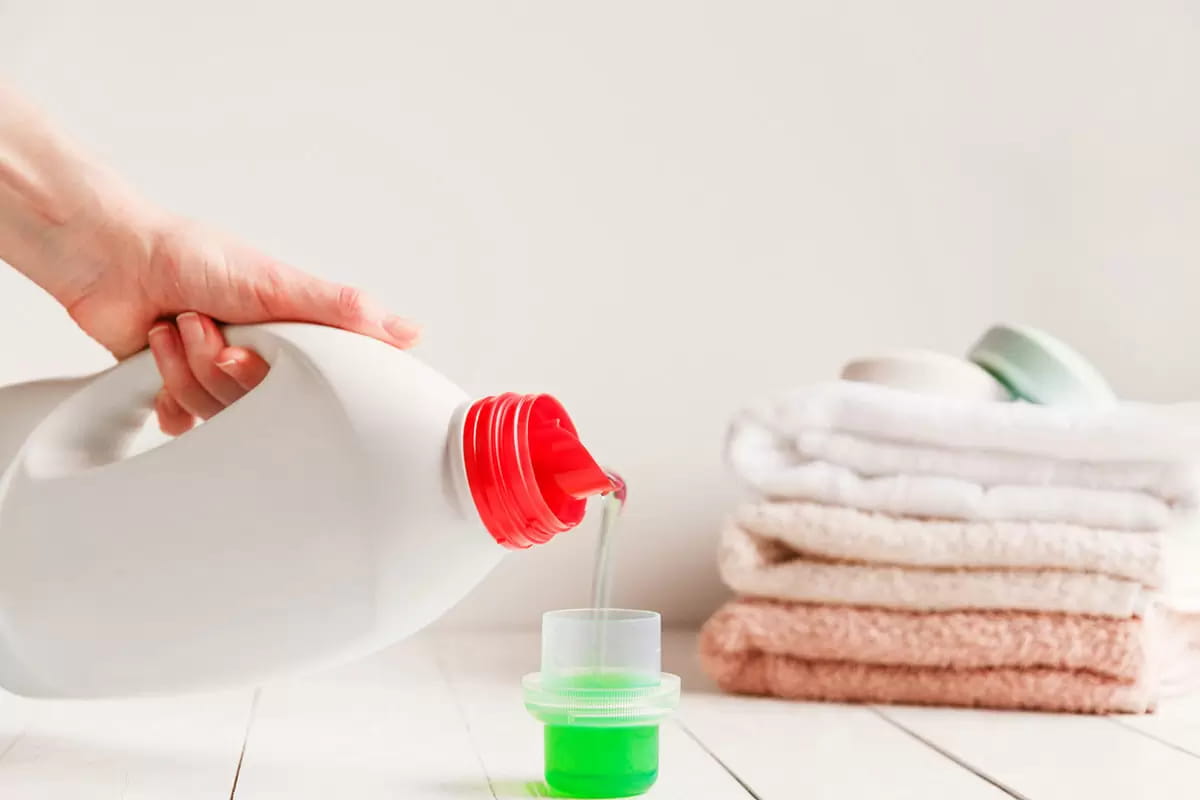 The categories can include economy, medium grade and premium. Additionally, pots and pan cleaners in I&I applications can use the same formulas with only minor modifications. The batch should be made with the DDBSA neutralized since this is the most cost-effective approach to add sodium alkyl benzene sulfonate. Make sure the materials used to build your agitator and mixing tank can withstand pH extremes. The optimum method for neutralizing DDBSA is to fill the mixing tank with the recommended quantity of water, then begin mixing. Add the sodium hydroxide 50% solution as directed in the recipe before gradually incorporating the DDBSA. Set the mixer speed to a level that will thoroughly combine the ingredients without creating an excessive amount of froth. As you should be aware, you are dealing powerful acids and alkalis. Read the MSDS and take the necessary safety measures. Additionally exothermic, this neutralizing reaction. It produces a significant quantity of heat. So also take precautions to accommodate the heat generation, particularly if you are manufacturing a large batch with big amounts of DDBSA and sodium hydroxide. In addition, you may purchase material that has already been neutralized. It will generally cost more, but in some cases, it could be beneficial. The sodium salts of DDBSA, also known as sodium linear alkyl benzene sulfonate or sodium LAS, come in active concentrations of 30, 40, 50, and 60%.
The categories can include economy, medium grade and premium. Additionally, pots and pan cleaners in I&I applications can use the same formulas with only minor modifications. The batch should be made with the DDBSA neutralized since this is the most cost-effective approach to add sodium alkyl benzene sulfonate. Make sure the materials used to build your agitator and mixing tank can withstand pH extremes. The optimum method for neutralizing DDBSA is to fill the mixing tank with the recommended quantity of water, then begin mixing. Add the sodium hydroxide 50% solution as directed in the recipe before gradually incorporating the DDBSA. Set the mixer speed to a level that will thoroughly combine the ingredients without creating an excessive amount of froth. As you should be aware, you are dealing powerful acids and alkalis. Read the MSDS and take the necessary safety measures. Additionally exothermic, this neutralizing reaction. It produces a significant quantity of heat. So also take precautions to accommodate the heat generation, particularly if you are manufacturing a large batch with big amounts of DDBSA and sodium hydroxide. In addition, you may purchase material that has already been neutralized. It will generally cost more, but in some cases, it could be beneficial. The sodium salts of DDBSA, also known as sodium linear alkyl benzene sulfonate or sodium LAS, come in active concentrations of 30, 40, 50, and 60%. 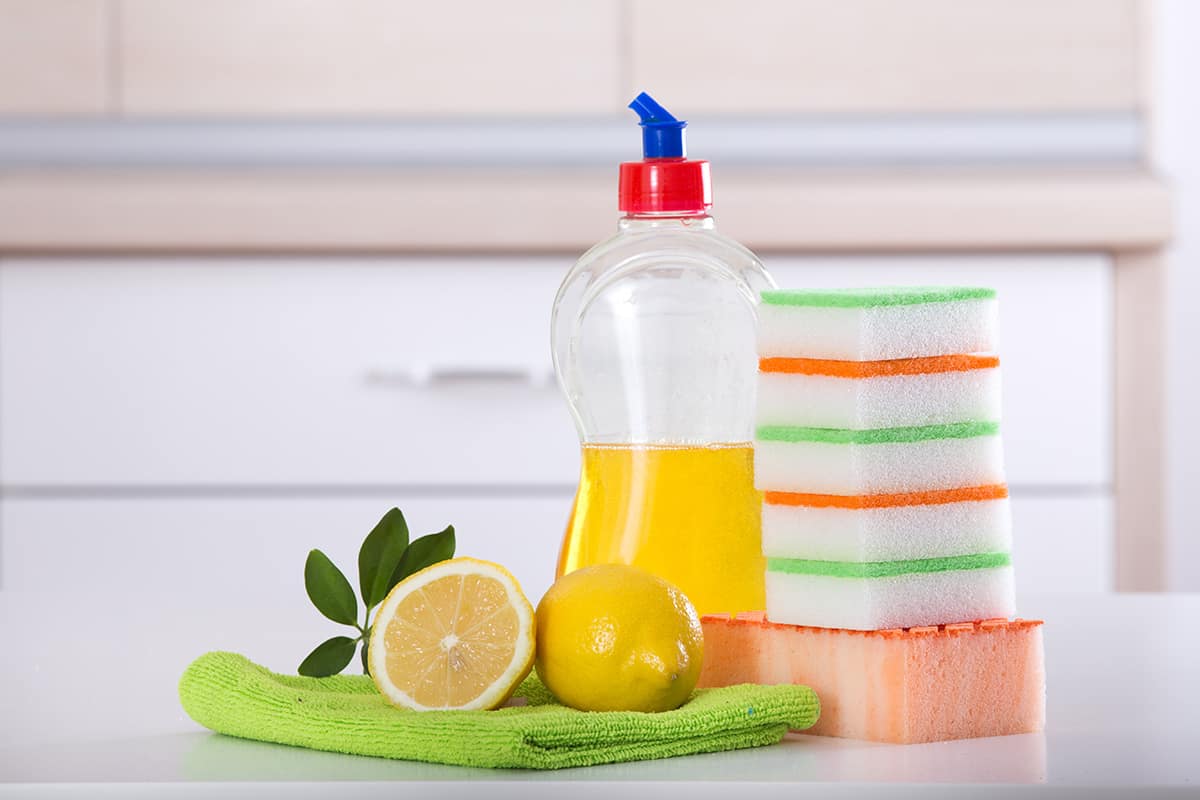 A hydrotrope (sodium xylene sulfonate) may be included in some of these substances to decrease viscosity and facilitate handling. Others, without a hydrotrope, might be in the shape of a paste or gel. These versions with high viscosities need particular handling and storage. So, the natural query is: How can we improve the stability of the foam? We attempted incorporating cocamidopropyl betaine and lauramine oxide into the medium recipe. The “medium” recipe first received 3% active lauramine oxide addition. The original foam height grew to 130mm, but after five minutes, it decreased by 120mm. When 3% active cocamidopropyl betaine was added to the “medium formula” the initial foam height climbed to 135mm and after five minutes it fell to 130mm. This demonstrates that cocamidopropyl betaine may be a superior secondary surfactant than lauramine oxide in LAS-based formulations. Although they may not be as cost-effective as amine oxides and betaines, polymers like cellulose ethers (for instance, hydroxypropyl methylcellulose) can also be used as foam stabilizers. They also take longer to manufacture and do not significantly increase the volume of the foam. Buy any kind of dishwashing liquid detergent with the best formula available in the detergent industry.
A hydrotrope (sodium xylene sulfonate) may be included in some of these substances to decrease viscosity and facilitate handling. Others, without a hydrotrope, might be in the shape of a paste or gel. These versions with high viscosities need particular handling and storage. So, the natural query is: How can we improve the stability of the foam? We attempted incorporating cocamidopropyl betaine and lauramine oxide into the medium recipe. The “medium” recipe first received 3% active lauramine oxide addition. The original foam height grew to 130mm, but after five minutes, it decreased by 120mm. When 3% active cocamidopropyl betaine was added to the “medium formula” the initial foam height climbed to 135mm and after five minutes it fell to 130mm. This demonstrates that cocamidopropyl betaine may be a superior secondary surfactant than lauramine oxide in LAS-based formulations. Although they may not be as cost-effective as amine oxides and betaines, polymers like cellulose ethers (for instance, hydroxypropyl methylcellulose) can also be used as foam stabilizers. They also take longer to manufacture and do not significantly increase the volume of the foam. Buy any kind of dishwashing liquid detergent with the best formula available in the detergent industry.
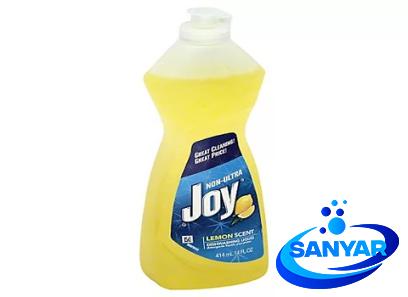
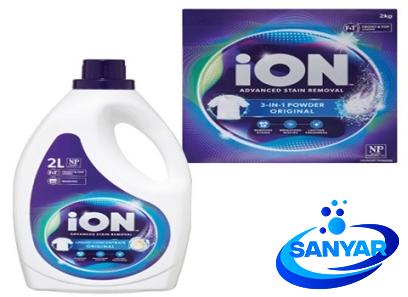
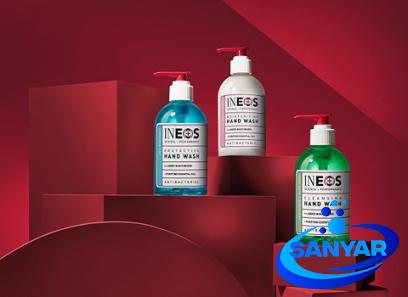
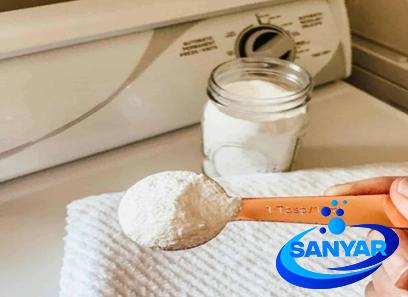
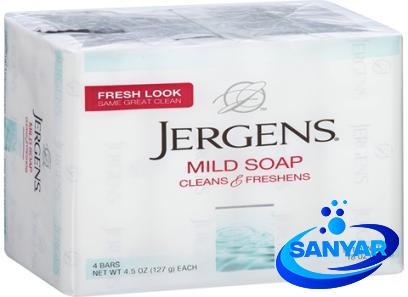
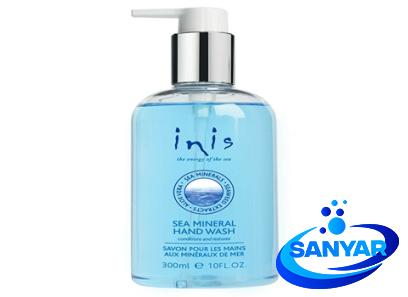
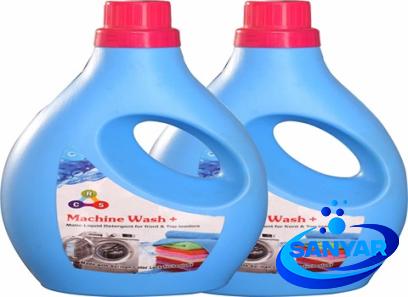
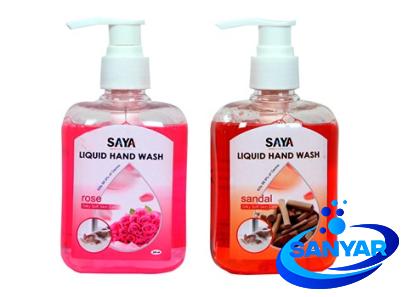

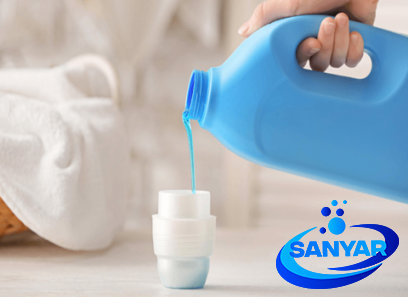
Your comment submitted.